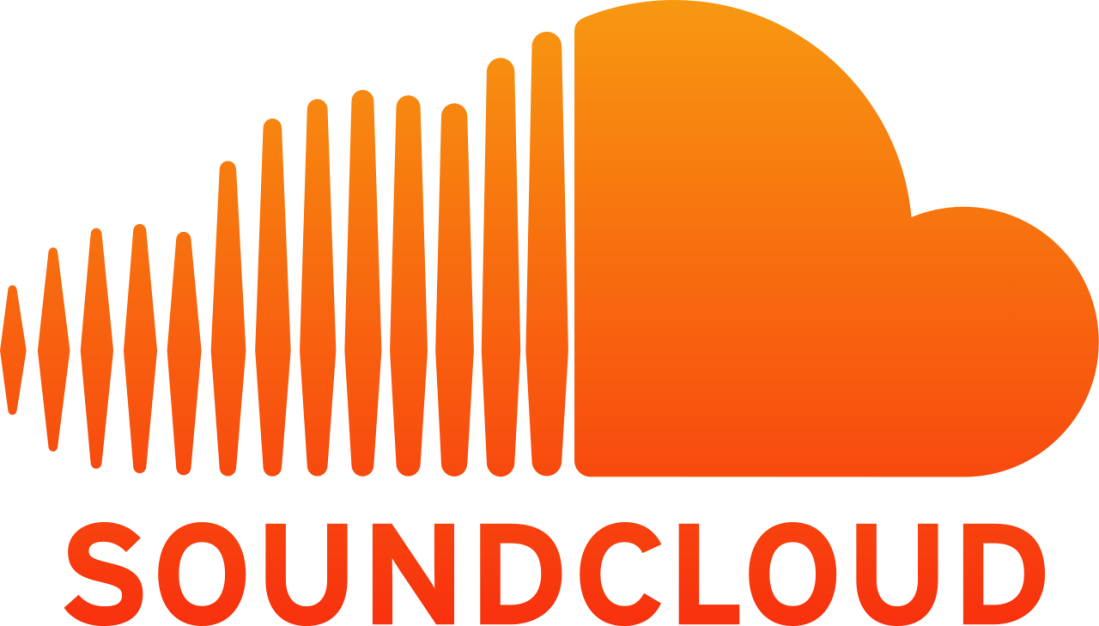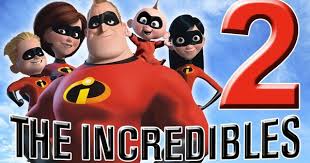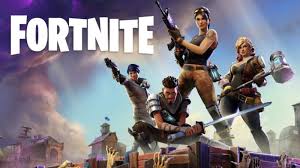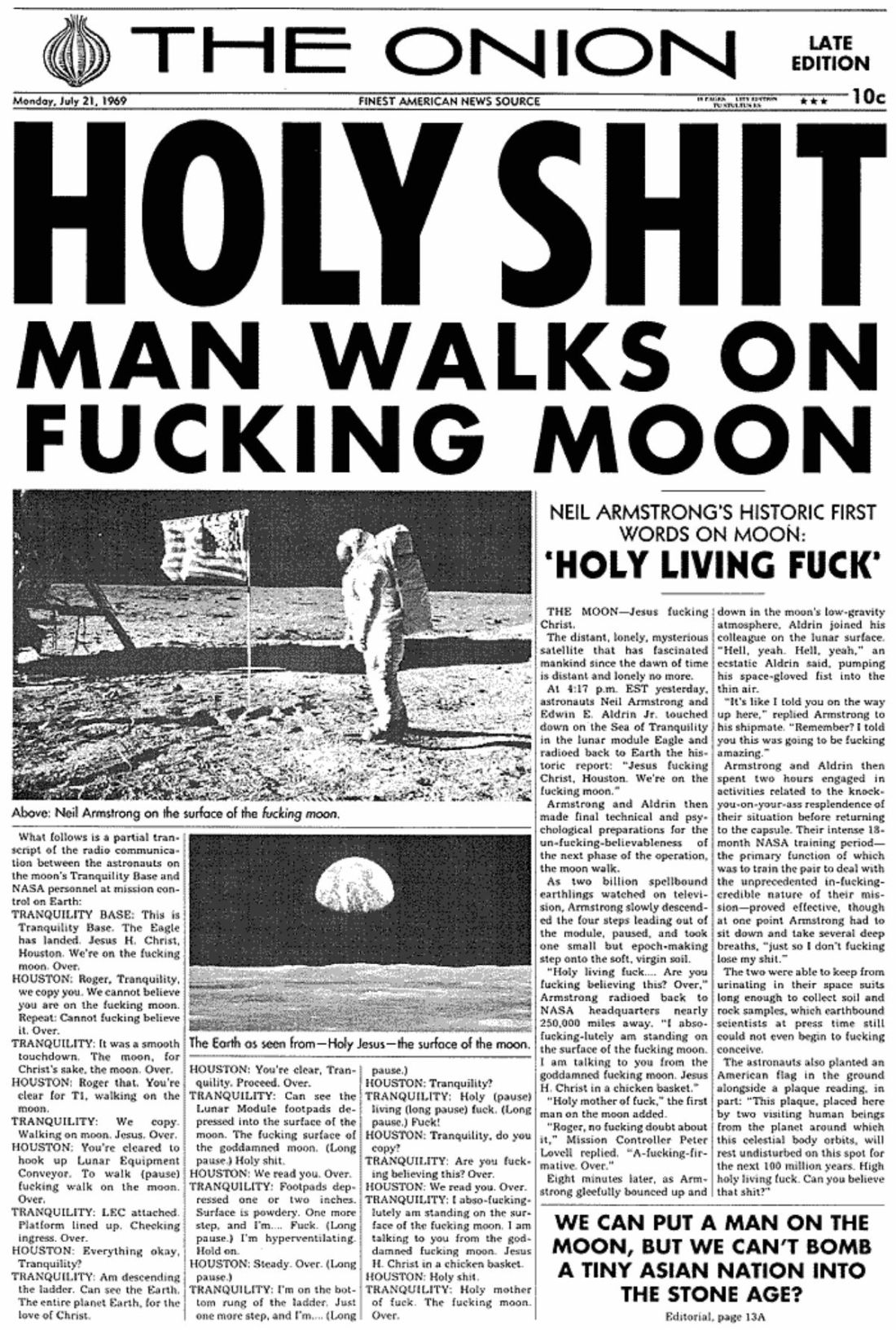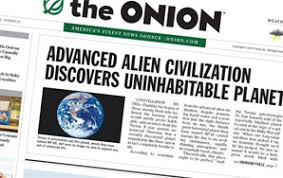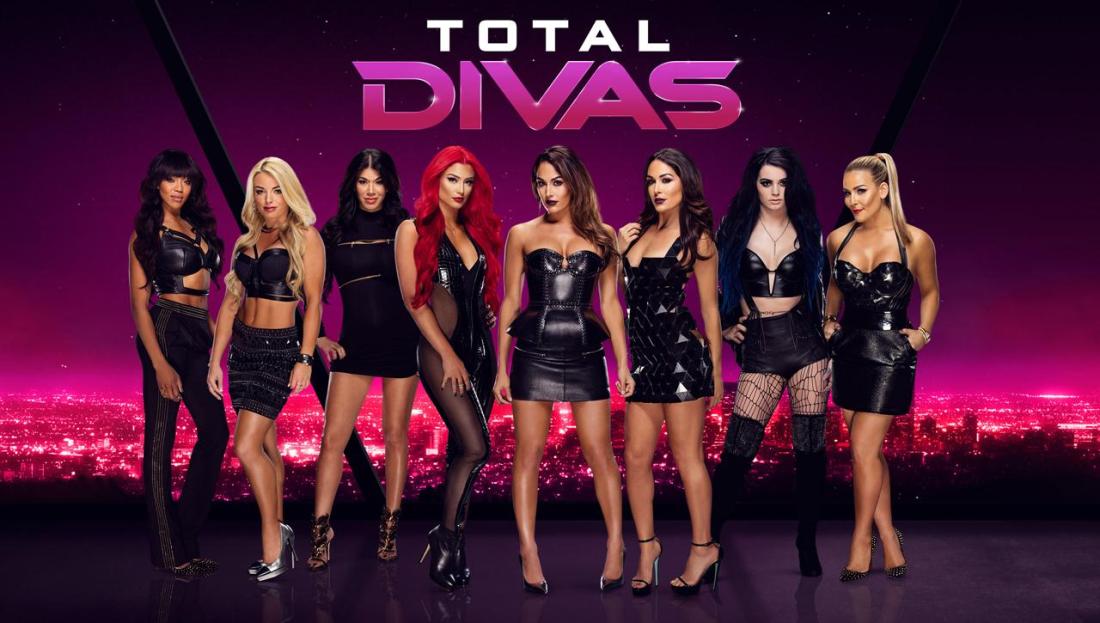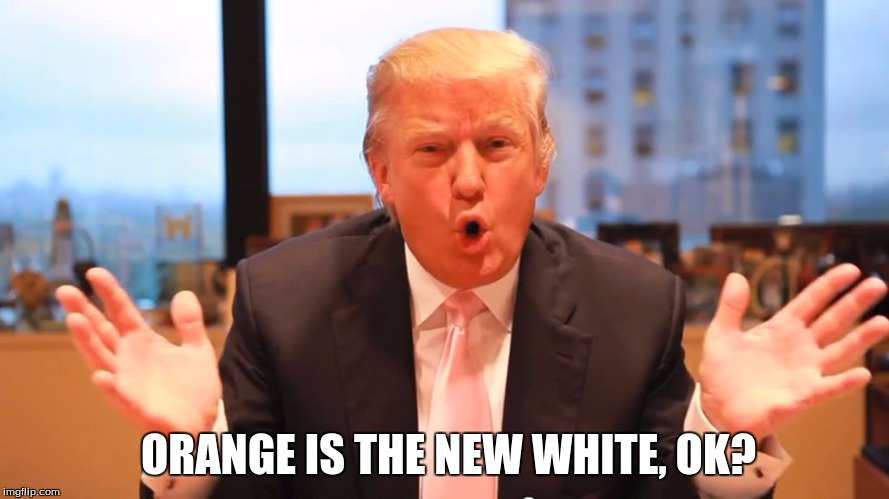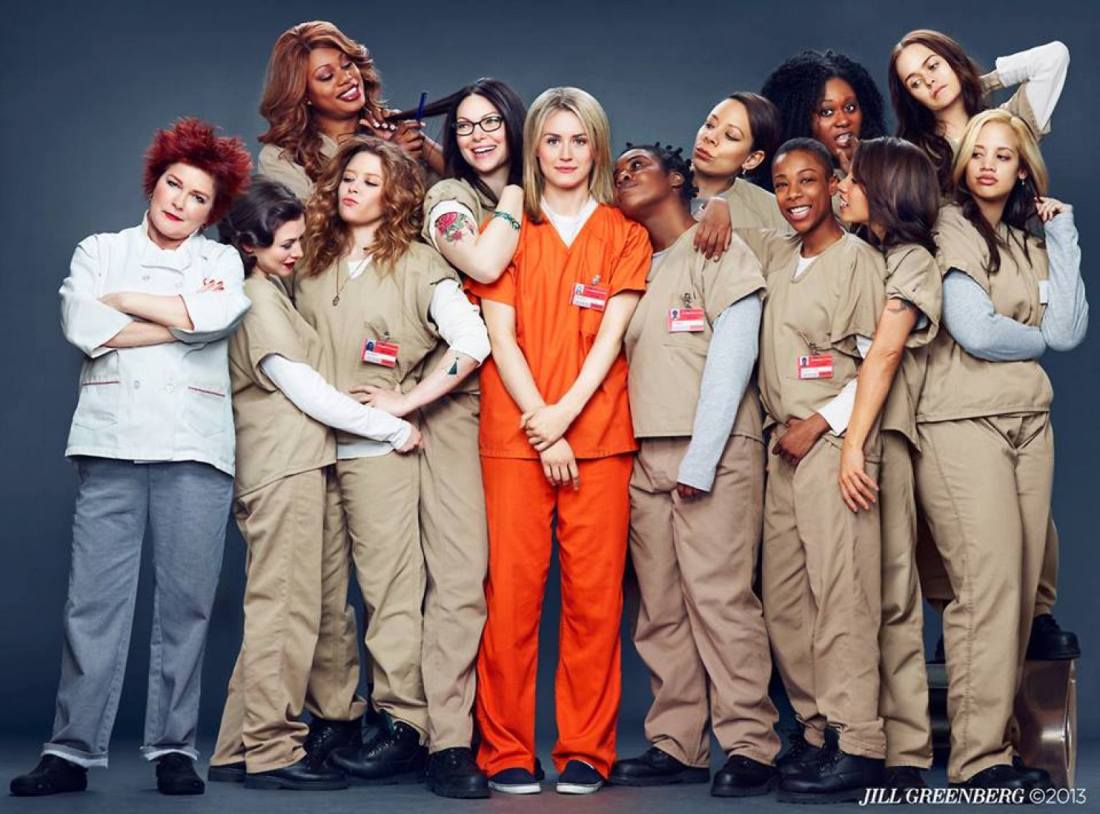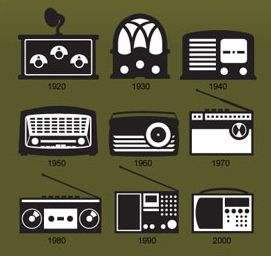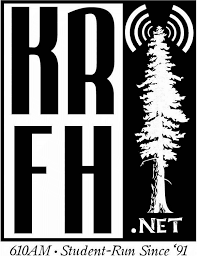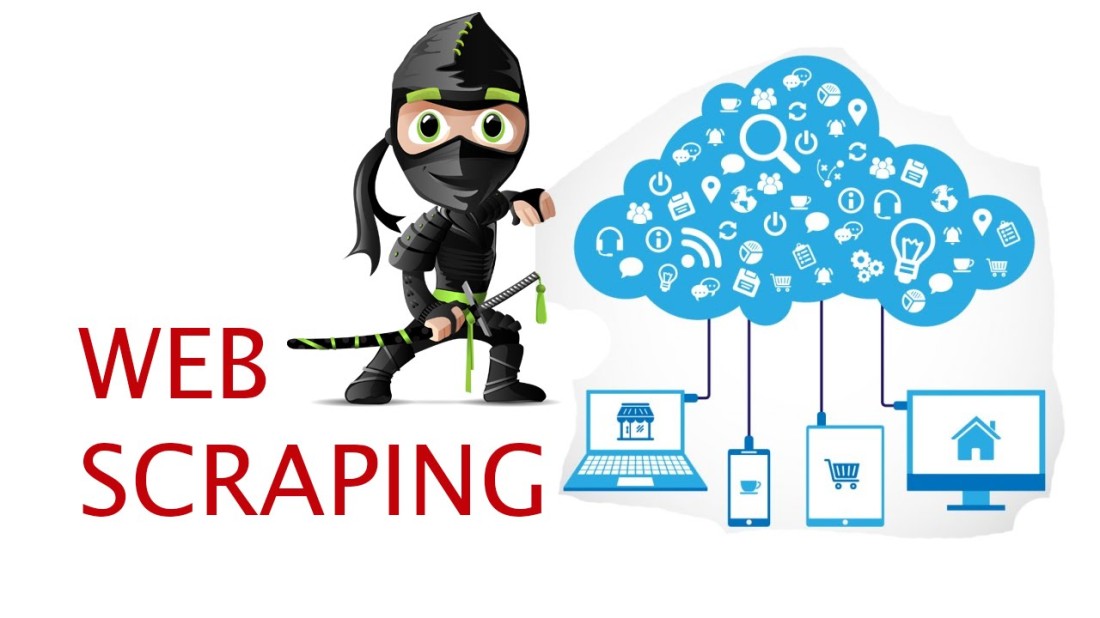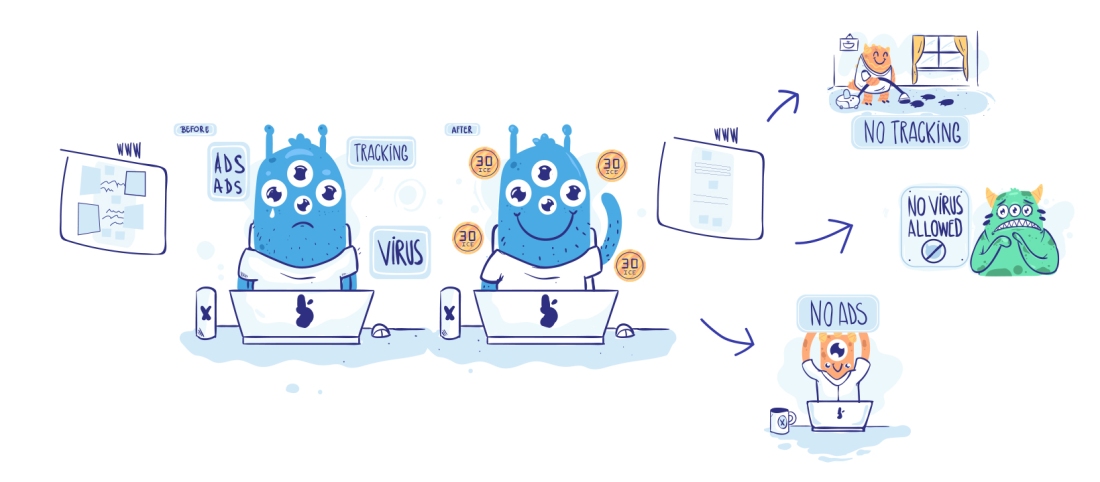I wanted to write my last and final blog on something I know a little about and want to learn more, so I chose something I see on my social media accounts frequently; it is an application called Soundcloud. Soundcloud allows individuals of all walks of life to express themselves through the creation of their own music. According to Soundcloud.com, “SoundCloud is the world’s leading social sound platform where anyone can listen to or create sounds and share them everywhere” which has lead to the creation of famous artists, and the demise of not so famous artists.
Darren J. Reed of the University of York, United Kingdom wrote a peer-reviewed scholarly journal titled “Performance and interaction on Soundcloud: Social remix and the fundamental techniques of conversation” (2017) for ScienceDirect highlighting the ways the application has created a platform for music sharing and conversation. Reed explains that Soundcloud has the ability to “act as immediate and spontaneous responses to the music” by allowing users to critique artists musical performances through online comments. Reed’s purpose in writing “Performance and interaction on Soundcloud: Social remix and fundamental techniques of conversation” is to explain how people interact with one another based on comments, whether positive or negative. I feel the intended audience of Darren J. Reed’s article are people who are curious as to why or how someone or something becomes popular. I feel the article is important because it identifys the ways Soundcloud has the ablity to either make or break someone based on others opinions. Is that not essentially what popular culture is all about?
Social remix as defined by Reed is the way society changes things to better fit themselves. Soundcloud allows society to change sounds and lyrics to better fit themselves which has created a very popular application. Soundcloud “originally intended to allow musicians to collaborate by facilitating the sharing and discussion of recordings, but later transformed into a publishing tool for music distribution” (2009). I find Soundcloud to be defined as an artistic platform which allows people to be unique and individual in their own ways based on what their idea of art is. Soundcloud being accessible to everyone across the globe, has although, created some problems. Recorded private conversations have been released on Soundcloud in multiple different instances resulting in the application being blocked in some countries. Also, users of Soundcloud have been accused of copyright infringements in which the company has to pull the users from the platform, resulting in harsh criticisms of a music application.
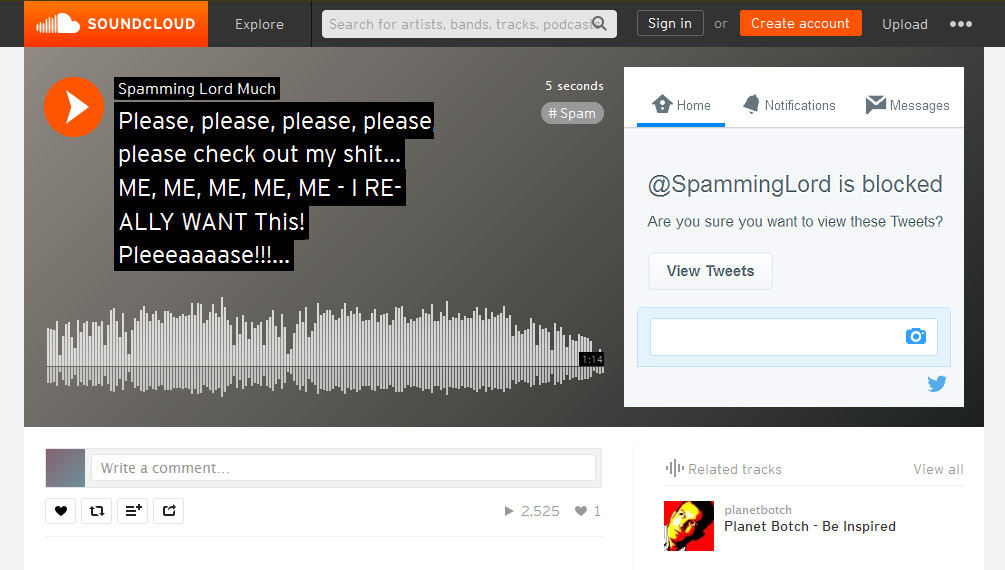
Through my research, I’ve found Soundcloud to be used for multiple different mediums of popular culture from music to podcasts. The ability Soundcloud has to reach people all over the globe allows for mass circulation of media and the creation of popular genres.
Here is a list of people I found to have their rise to fame through Soundcloud:
 Kehlani
Kehlani
Song to Stardom: “ANTISUMMERLUV“
Kehlani made a buzz back in 2013 with the release of her first SoundCloud track, ANTISUMMERLUV. Nick Cannon called her after hearing the song, and set her up with some studio time in Los Angeles.
 Post Malone
Post Malone
Song to Stardom: “White Iverson”
The New York native posted his song, “White Iverson,” on SoundCloud on February 2015.
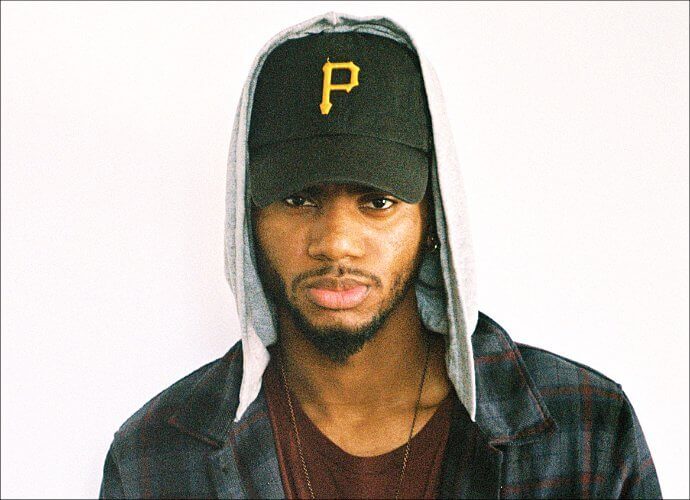
Bryson Tiller
Song to Stardom: “Don’t”
In 2014, he gained recognition with the release of his debut single, “Don’t,” on his SoundCloud page. It was commercially released as a single in 2015 and made it to the top 13 on the US Billboard Hot 100.
In addition to these Soundcloud made famous individuals, I’d also like to mention a few of my friends who are on currently on Soundcloud trying to make it. I graduated with Lil Boii Kantu and D-Gravez. Here is some of their work:
Sources:
Eliot Van Buskirk (6 July 2009). “SoundCloud Threatens MySpace as Music Destination for Twitter Era”. Wired.
https://soundcloudreviews.org/5-big-artists-started-on-soundcloud/
